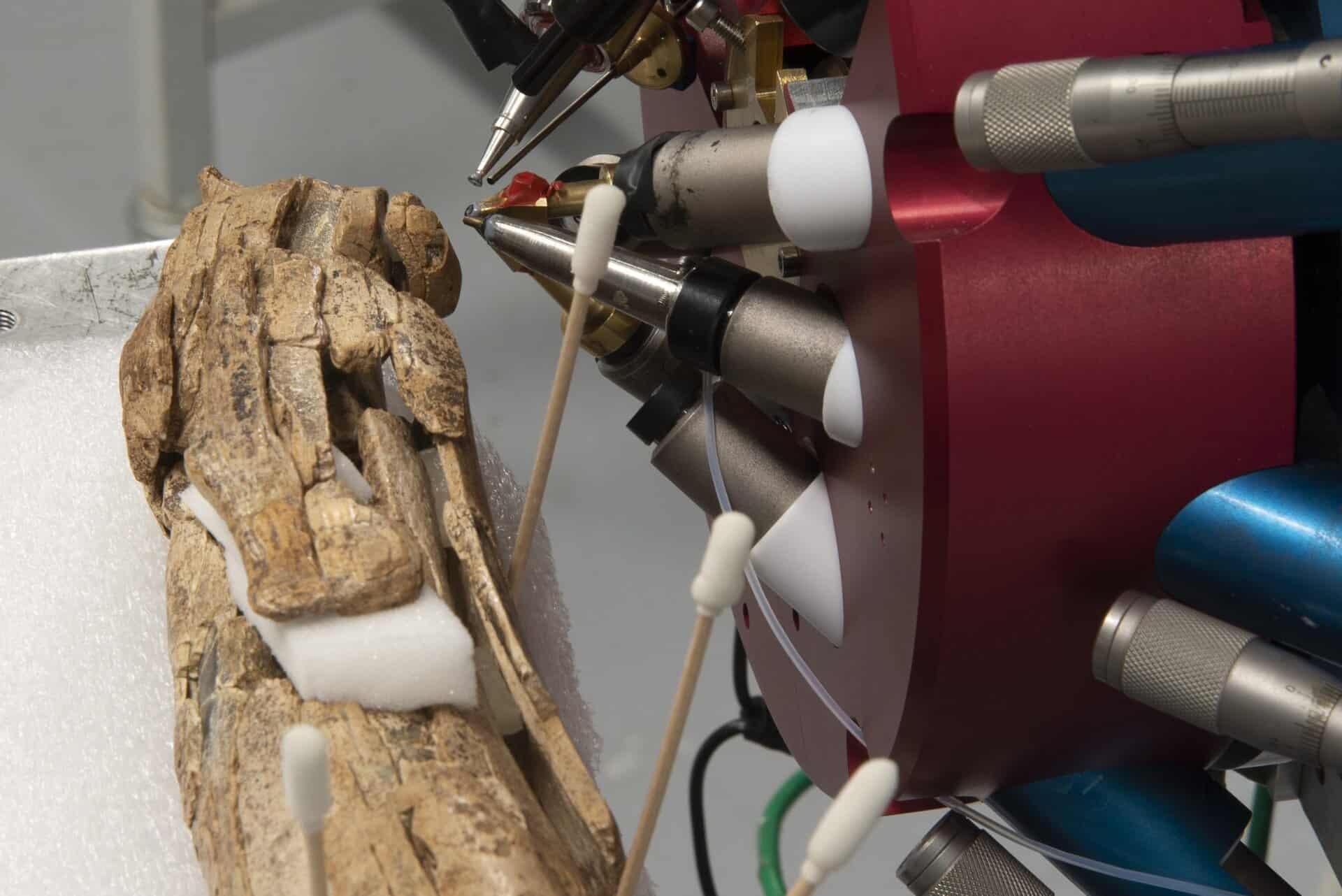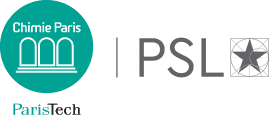CNRS C2RMF CHIMIE PARISTECH - PSL UAR 3506
Management
Ina Reiche
Assistant director
Claire Pacheco
Administrative contact
Agnès Troullier
Contact details
C2RMF
14 Quai François Mitterrand
75001 Paris
Chimie ParisTech - PSL
11, rue Pierre et Marie Curie
75005 Paris
Connection organization
Chimie ParisTech - PSL ; CNRS ; Ministère de la Culture
Co-created in 2012 by the CNRS and the Centre de recherche et de restauration des musées de France (C2RMF), and affiliated to Chimie ParisTech-PSL since 2015, Lab-BC specializes in methodological research on cultural heritage objects and services for museums in France.
The approach is to develop the least invasive physico-chemical analysis and imaging methodologies possible, in order to obtain relevant information on the identification, provenance and manufacturing processes of the materials making up works of art and archaeological objects, as well as on their state of conservation. Preserving the integrity of objects during and after analysis is a key issue in the development of new methodologies. The techniques commonly employed in a secure analysis environment are multimodal, resolved at different scales in one to three dimensions, enabling the analysis and imaging of the various components present in the complex materials of objects, sometimes in the form of stratigraphic layers of the order of a few micrometers. The management of a large instrument, the AGLAE particle gas pedal with two beamlines, is an integral part of Lab-BC's activities.
The unit's activities revolve around two thematic axes:
1/ Instrumental development on the platform dedicated to ion beam analysis and other complementary fixed and portable X-ray analysis devices. The Accélérateur Grand Louvre d'Analyse Elémentaire AGLAE platform is unique in the world for its location in a museum and its activities dedicated exclusively to research on cultural heritage
2/ Development of new integrated and (eco)-responsible interdisciplinary research methodologies in the field of cultural heritage
The organization of the unit's work also incorporates two cross-disciplinary axes:
A- Pursue the digital transition by improving the management of analytical data produced during the various physico-chemical analyses, storing data in an accessible and durable way, developing adaptable and open-source software, integrating reflection on formats and standards so as to generate a genuine digital heritage in heritage sciences.
B- Provide automated and standardized protocols for processing spectral and imaging data, which can be adapted and accessed freely (spatialized data).

NewAGLAE ion-beam analysis of the Aurignacian lion-man statue in mammoth ivory from the Swabian Jura, Germany, in the Ulm Museum. Anne Maigret/C2RMF.
Current programs
- URANIA
- ANR DepthPaint / ControlDepthPaint
- Imagerie@AGLAE
-
ESPADON WP1, WP2, WP3
- Programme SMALT
-
FIXLAB/E-RIHS
- Euphrosyne
-
MONIONS
Research teams
- Reiche Ina (CNRS - DR)
- Troullier Agnès (CNRS -IE)
- Berthet Jean Paul (CNRS -IR)
- Calligaro Thomas (MC - IR)
- Lemasson Quentin (MC - IE)
- Moignard Brice (MC-IE)
- Pacheco Claire (MC -IR)
- Pichon Laurent (MC - IR)
- Moreau Raphael (CNRS - IR)
- Trosseau Antoine (CNRS - CH)
- Blasiak Antoine (CNRS - IT)
- Logarajah Latusiya (CNRS - IT)
- Ugolotti Greta (CNRS - CH)
- Nguyen Maryam (ENSCP - IT)
Keywords
Methodological research, cultural heritage, multi-modal physico-chemical spectroscopy, ion beam analysis, X-ray equipment, data processing
